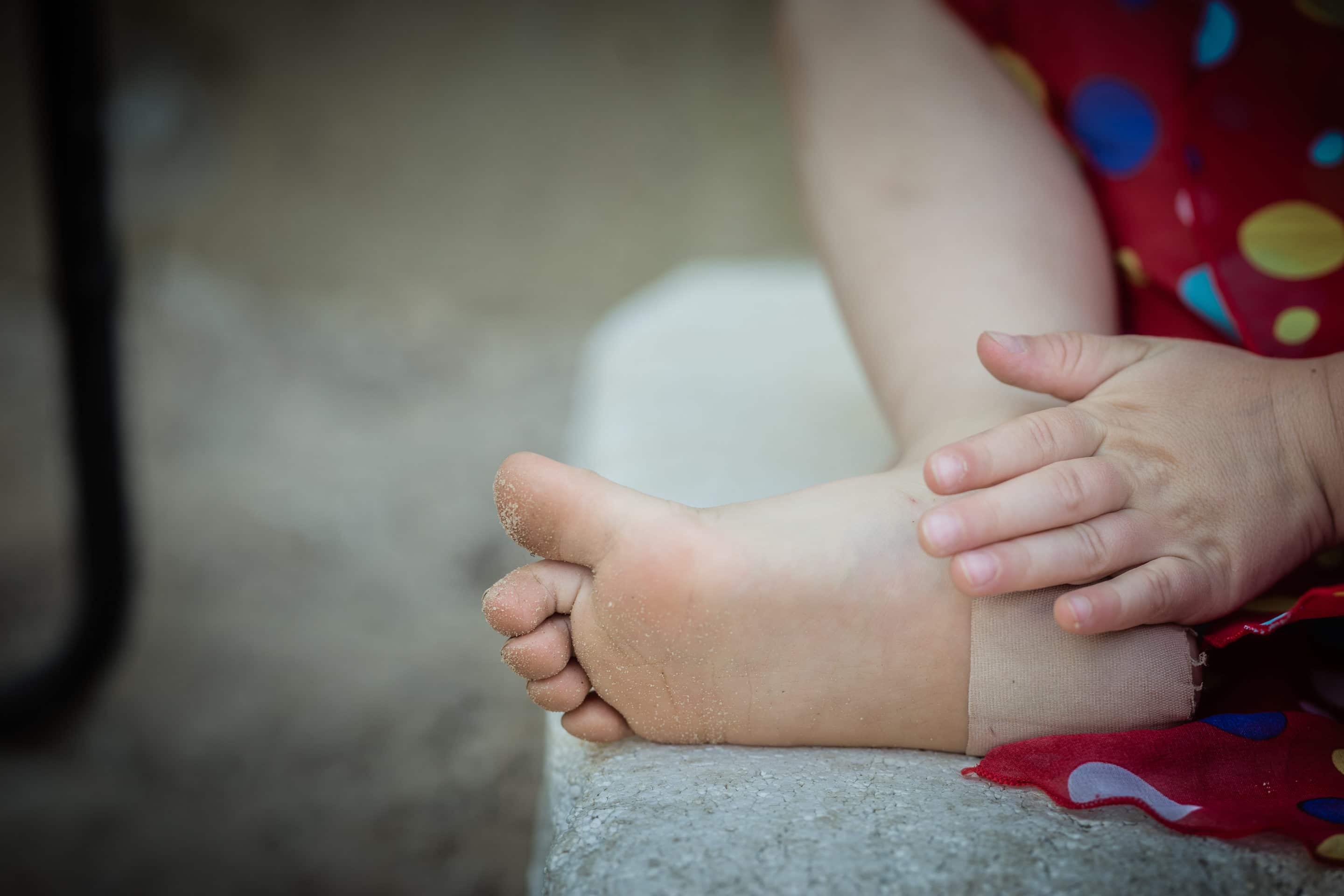Does Your Child Have Heel Pain?
Heel pain can often be lumped in with the “general aches” of adulthood, but children can also suffer from such problems.
Children can experience many of the same causes of heel pain as adults, including plantar fasciitis and Achilles tendinitis. On top of that, there is a relatively common condition that tends to be exclusive to the 8-14 age group: Sever’s disease.
Any form of persistent heel pain in your child is something worth taking a professional look at. We can help you get to the root of your child’s heel pain and recommend a treatment plan that best meets their needs for recovery.
What Causes Heel Pain in Children?
For many conditions that cause heel pain, the reasons don’t tend to fluctuate much between children and adults. Some factors that can influence heel pain include:
- Overuse. Your child has been pushing themselves at a higher intensity than they can currently endure, or their feet have been taking repetitive impacts (such as from running) without enough opportunity for rest and recovery.
- Structural abnormality. Your child has a foot structure – likely inherited – that affects the way forces are distributed over the feet as they stand and move. This can place excess stress on vulnerable areas, leading to pain.
- Improper footwear. Footwear that fails to provide proper support for the feet can also contribute to heel pain.
As noted above, Sever’s disease is also a distinct possibility for many children, and the reason for that condition is more unique to their age.
What is Sever’s Disease?
Sever’s disease is not a “disease” in the “cold and flu” terms people tend to associate with the term. It is often classified as a type of overuse or sports injury.
The condition concerns the growth plate located in the back of the heel bone. This is where new bone tissue is created as a child grows and develops. It’s softer than mature bone, making it more vulnerable to inflammation from stress and impacts.
Active kids around the ages of 8-14 tend to experience this inflammation most often, as this is the period when bone growth is most prevalent. Once growth is complete and the growth plate has hardened into mature bone, Sever’s disease no longer becomes an issue.
Common symptoms include:
- Pain beneath the heel during activities; especially those involving running and jumping.
- Mild swelling or stiffness in the heel area.
- Tenderness when the sides of the heel are squeezed.
- Potential limping or walking on tiptoes to avoid pain.
Treating Sever’s Disease and Other Forms of Children’s Heel Pain
It is important for any persistent heel pain in your child to be examined and addressed promptly. Just trying to ignore and “push through” the problem may lead to further injury and longer-lasting problems – even lasting into adulthood.
Before recommending any course of treatment, we will first fully review your child’s condition and the factors surrounding it. We must ensure we have a full understanding of the situation if we are to recommend an effective plan.
Each course of treatment will differ depending on each child’s needs, but might include one or more of the following:
- Temporary restrictions or reductions in activity, to allow a better opportunity for recovery.
- Stretching or exercise programs designed to condition strained areas and relieve tension in connected areas.
- Switching to more supportive and accommodating footwear.
- The use of custom orthotics to properly distribute weight across the feet and shift excess stress away from vulnerable areas.
- The use of heel cups, heel lifts, padding, and other equipment to provide temporary relief.
- MLS laser therapy sessions to aid in recovery of soft tissue injuries.
The expected window for recovery will largely depend on the case and its severity. Recovery from Sever’s disease, for example, can take anywhere from 2-6 weeks. It remains important to follow through with treatment for best results.
Surgery is rarely needed for heel pain, but might be a consideration if other forms of treatment fail to provide results.
Heel Pain Help for your child
No parent wants to see their child in pain or frustrated. While it’s true that your young athlete might not want to take a break from sports and play, dealing with their heel pain now will give them the best chance at not only a faster recovery, but reduce their chances of future complications as well.
Request an appointment at Advanced Ankle & Foot by calling us or by filling out our online contact form.

